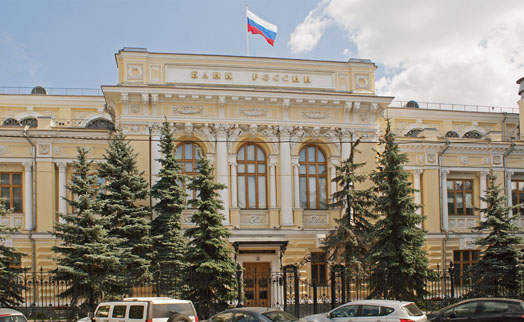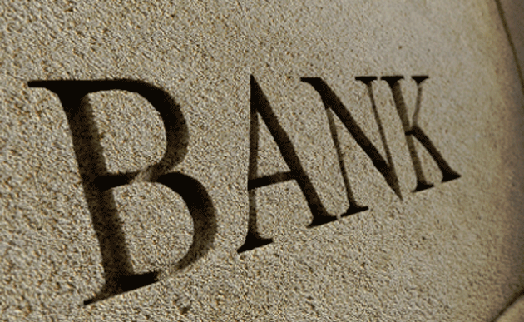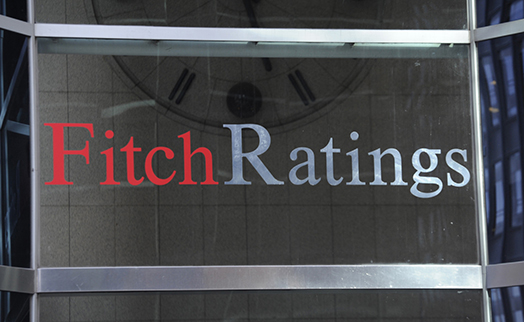25.07.2012 19:48

YEREVAN, July 25 /ARKA/. Banks in the world's largest developing economies of Brazil, Russia, India, and China (BRIC) could come under pressure over the next 12-24 months. But Standard and Poor's Ratings Services expects the BRIC banks' ties with the government to underpin their credit profiles, BFM.ru reports.
That's according to a report, titled "Government Support Should Enable BRIC Banks To Ward Off Economic Headwinds," that the ratings agency published today. The report says that a slowdown in growth in China, Brazil, and particularly India could weaken the asset quality and earnings of banks in these countries. The situation in Russia is somewhat different.
Russia's banking industry is likely to continue its recovery from a severe recession in 2008-2009 for at least the next two years. Nevertheless, Standard & Poor's rating outlook on the large banks in Brazil, Russia, and China is stable, reflecting its expectation that these countries will maintain their good economic resilience to a global slowdown and that their banking sectors will experience only a moderate deterioration in asset quality and earnings.
The negative outlook on the banks in India (BBB-/Negative/A-3) reflects the negative outlook on the sovereign rating.""State ownership and control of a significant part of the banking industry in BRIC countries is a critical rating factor,"" said Standard & Poor's credit analyst Geeta Chugh. ""Such a link is integral to the economic model of these countries. We expect governments to step in to avoid any abrupt and unexpected deterioration in local banks' financial condition.
Government ownership and economic development policies link the credit ratings on the largest BRIC banks to government credit worthiness. "We believe the asset quality of Indian banks is likely to deteriorate due to the moderation in economic activity, high inflation, high interest rates, and rupee depreciation," said Ms. Chugh. "Small and midsize companies are particularly vulnerable. Stress is also mounting on some highly leveraged large companies."
In China and Russia, banks' ties with the government mean that the ratings on the largest banks are higher than their stand-alone credit profiles. State finances in both countries are strong, and consequently strengthen government capacity and inclination to support the banks, particularly in China.
"Among BRIC banking systems, the Brazilian banking sector is the least risky overall as reflected in our Banking Industry Country Risk assessments," said Standard & Poor's credit analyst Sergio Garibian. "But even though we expect Brazilian banks' asset quality to erode further in the second half of 2012, we expect the erosion to be moderate given the low unemployment in the country."
"The 2008-2009 recession in Russia put an end to a long cycle of rapid credit expansion in the country," said Standard & Poor's credit analyst Pierre Gautier. "It resulted in high credit losses and loan restructuring, a reduction of cross-border debt, and active government support to banks and industrial companies. Growth rebounded robustly in 2011, when system wide loans expanded 27%. We expect credit to expand about 15% in 2012 and 2013."
According to the report, whereas asset quality in Brazil, China, and India is weakening, problem assets in Russia are declining from the peak of the recession despite credit risk in Russia remaining very high. The earnings of banks in China and Brazil could decline in 2012, but remain satisfactory. Returns in India and Russia in 2012 are likely to be at levels similar to 2011. -0-
Read the news first and discuss them in our Telegram
Tags:



























